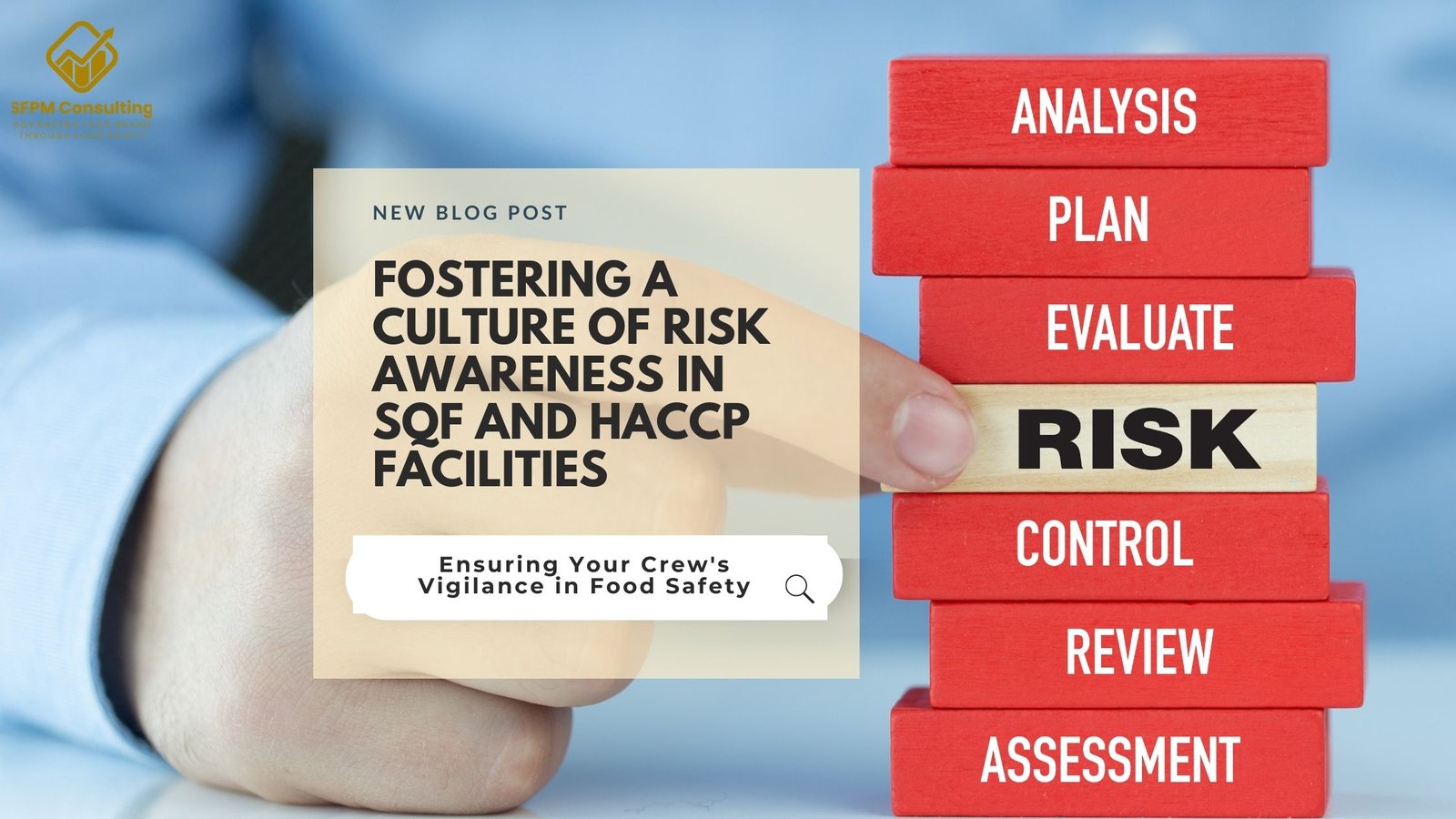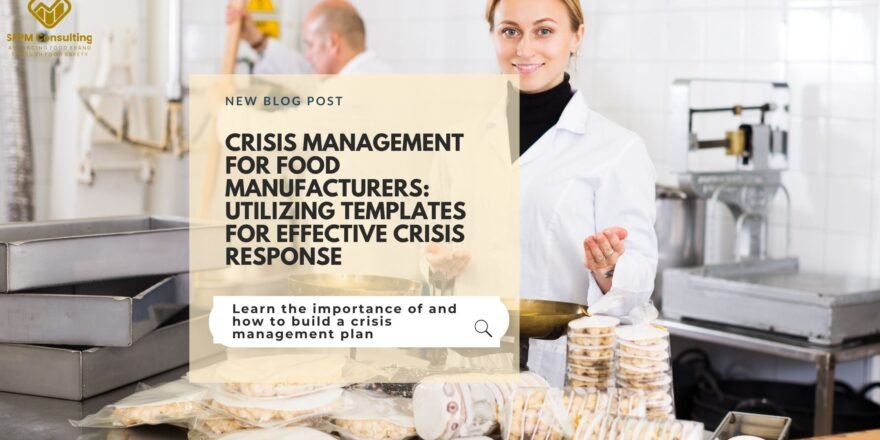
Introduction
When it comes to food safety, organizations operating in SQF (Safe Quality Food) and HACCP (Hazard Analysis and Critical Control Points) facilities must foster a culture of risk awareness within the organization. By empowering your team to actively participate in food safety risk analysis, you can ensure that all members are equipped to identify and mitigate potential risks, ultimately enhancing your products’ overall safety and quality.
The Importance of Risk Awareness
Food safety risks can have severe consequences, ranging from product recalls to consumer illnesses and damage to a company’s reputation. By fostering a culture of risk awareness, organizations can proactively identify and address potential hazards before they escalate into major issues. This not only helps in preventing foodborne illnesses but also ensures compliance with regulatory requirements and customer expectations.
Strategies to Foster Risk Awareness
1. Education and Training:
Providing comprehensive education and training programs to all employees is essential for building a culture of risk awareness. This includes training on food safety principles, regulations, and the specific risks associated with the industry. Regular refresher courses and updates should also be provided to ensure that employees stay informed about the latest developments in food safety.
2. Clear Communication:
Establishing clear channels of communication is crucial for fostering risk awareness. Encourage employees to report any potential risks or concerns they observe in the workplace. Implement an open-door policy that allows for easy communication between employees and management, ensuring that all risk-related information is promptly addressed and resolved.
3. Empowerment and Accountability:
Empower your team by giving them the authority and resources to participate in risk analysis actively. Please encourage them to take ownership of their roles in ensuring food safety and provide opportunities to contribute ideas and suggestions for improvement. Recognize and reward employees who demonstrate exemplary risk awareness and proactive behavior.
4. Regular Audits and Inspections:
Regular audits and inspections are vital for identifying potential risks in your facility. These assessments should be carried out by trained professionals who can thoroughly evaluate your processes, equipment, and overall adherence to food safety protocols. The findings from these audits should be used to implement corrective actions and preventive measures.
5. Continuous Improvement:
Encourage continuous improvement by regularly reviewing and updating your food safety management system. Stay informed about industry best practices, emerging risks, and technological advancements that can enhance your risk mitigation strategies. Foster a mindset of learning and adaptation within your organization, ensuring that all members stay ahead of potential risks.
In SQF and HACCP facilities, fostering a culture of risk awareness is essential for maintaining the highest standards of excellence in food safety.
Food operations can empower their teams to actively participate in risk analysis, identify potential hazards, and take proactive measures to mitigate them. Remember, a strong culture of risk awareness protects consumers and safeguards your organization’s reputation and long-term success.



